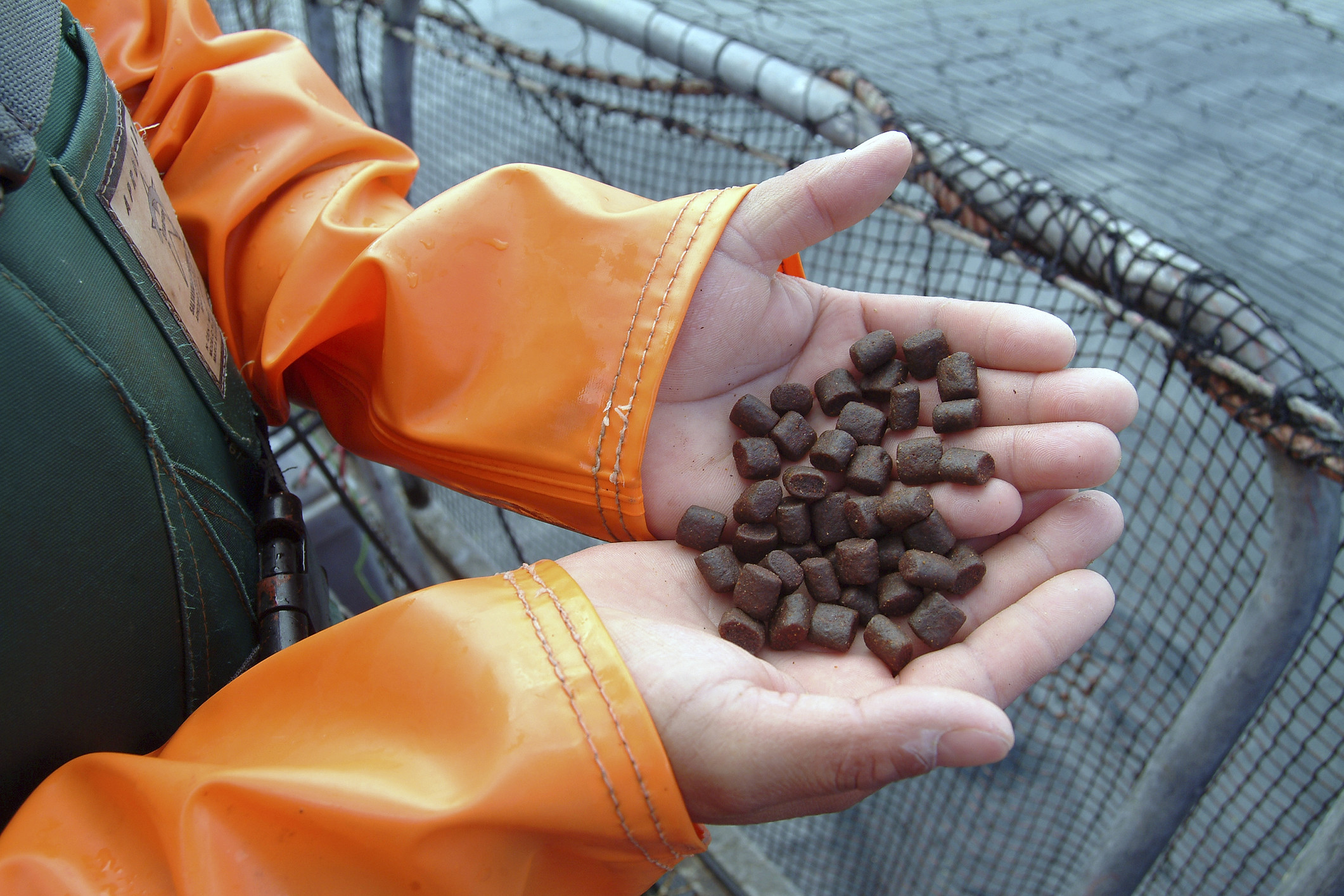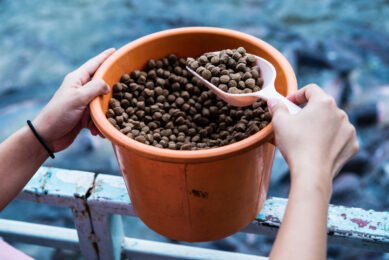More fish meal, but growing interest in alternatives

The absence of El Niño in Peru leads to an increased production of fish meal and fish oil this season. At the same time, inclusion levels of these ingredients is declining and farmers are looking for alternative proteins, such as proteins based on insects and algae.
This is stated in a recent report from Dutch bank Rabobank. The report explains that intensification of fish farming is needed in order to increase productivity, but more intense and more modern fish farming requires more formulated feed. At the same time, more different species are being farmed, such as Bluefin tuna, Amazon species or cobia. These are all carnivore species and have a premium price and farming of these species will be the key drive of demand of fish meal and fish oil in the near future.
56% more anchovy harvested in Peru
The prices for marine-based ingredients was high in the last few years. This was due to low Peruvian anchovy harvests. But Rabobank states that the real scarcity of fishmeal seem to be over. This is mainly due to the lack of an El Niño in Peru and improved wild biomass. This means that more anchovy is allowed to be harvested in Peru in the 2017 season (56% more than 2016). This will lead to an approximate increase of 500,000 tonnes of Peruvian fish meal production, compared to last year. It is therefore expected that the high prices will soften.
Not all alternative proteins are great
At the same time, the long period of scarcity (and high prices) of marine ingredients for fish diets, together with environmental and consumer pressure, have made farmers decide to include less fish meal and fish oil in the diets as a whole. While the inclusion of marine-based ingredients in aquafeed was around 70% in the 90s, it has currently decreased to 25%. This trend triggered the quest for alternative ingredients in aquafeed. Plant based proteins, PAP’s and animal by-products are already known alternatives to marine-based ingredients. But these ingredients have their drawbacks. PAP’s and animal by-products for example have a lack of minerals and amino acids and supply is limited.
A number of unconventional ingredients can be incorporated in feed formulations, such as guar protein, a co-product of guar gum), krill or mesopelagic fish. But these ingredients have limited supply. Bacterial and insect-based proteins show the highest potential as alternatives to fish meal, while algae oil is considered a solid alternative to fish oil. It is expected that, in the medium term, 20-30% of the non-vegetable source oils used in aquatic feeds will be from algae sources. Bacterial protein meals cover a wide variety of species. In production, a number of substrates, such as dry, liquid and methane carbon dioxide, can be sued. The production of bacterial meals is highly sustainable, with limited water use and no agricultural land use. Insect-based feeds is potentially one of the most sustainable alternatives, but more investment is needed to up-scale the volumes.
Outlook 2022: Role of marine-based ingredients changes
Looking at the future of fish meal and fish oil, Rabobank expects no near-term prices weakness as the supply recovery in Peru seems to have already been incorporated. But the role of fish meal in fish feed has changed, as a result of decreased supply and increased prices. But prices have stabilised and the Dutch bank expects a price range of US$1200-1700 per tonnes for the near term. For the long term, the growth and intensification, the rise of new farmed species and demand from human consumption and pet food markets can cause a fish meal demand. But the production of alternative proteins rise and are increasingly incorporated in fish feed formulations. The risk of having another El Niño is always there, so it is hard to predict what the future holds for fish meal in the long term. So producers of alternative protein and oil sources keep on expanding and improvising. It is expected (roughly) that, considering the presence of several alternative protein projects globally, an additional 500,000 tonnes of high-quality alternative feed protein will be available by 2022.











